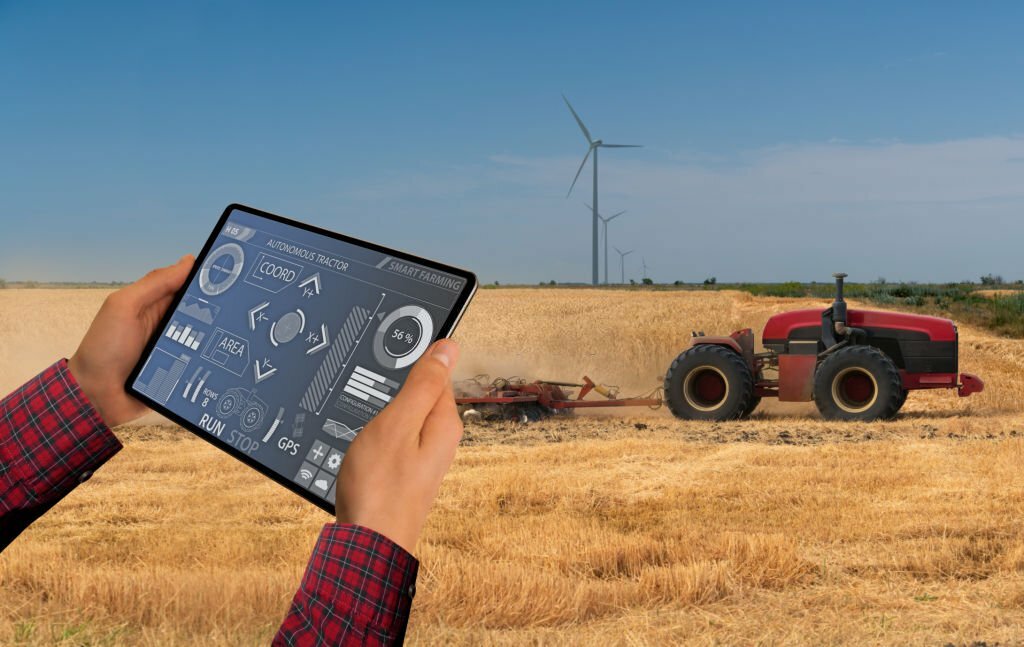In recent years, the construction industry has experienced a profound and remarkable transformation, propelled by the rapid evolution of construction equipment technology. This dynamic shift encompasses a spectrum of innovations ranging from the integration of smart machinery to the implementation of sustainable solutions, fundamentally reshaping the entire landscape of the building industry. These advancements stand as a testament to the industry’s commitment to embracing cutting-edge technologies that not only enhance operational efficiency but also prioritize crucial aspects such as safety and environmental consciousness.

In this article, we embark on a journey into the exciting realm of construction equipment technology, unraveling the intricacies of game-changing developments that are catapulting construction projects into a new era of sophistication. The convergence of intelligent machinery, sustainable practices, and innovative technologies signifies a paradigm shift in how construction processes are conceptualized and executed. As we explore the multifaceted facets of these advancements, it becomes evident that the construction industry is not merely evolving but actively embracing a future where efficiency, safety, and environmental stewardship harmoniously coexist, setting the stage for a more sustainable and technologically driven era of construction.
Smart Machinery: Enhancing Efficiency and Precision

Undoubtedly, one of the most groundbreaking strides in construction equipment technology has been the seamless integration of smart machinery. This revolutionary category of equipment harnesses the power of cutting-edge technologies such as artificial intelligence, machine learning, and the Internet of Things (IoT) to elevate the efficiency and precision of construction projects to unprecedented levels.
Smart construction equipment stands out for its integration of sensors and data analytics capabilities, enabling real-time monitoring and optimization of diverse construction processes. Consider, for instance, the adaptability of smart cranes that can dynamically adjust their operations based on environmental conditions. This not only ensures optimal performance but also minimizes energy consumption, contributing to both efficiency and sustainability. Similarly, excavators and bulldozers equipped with advanced GPS systems execute precise movements, significantly reducing the margin of error in tasks like excavation and grading.
The incorporation of telematics in construction equipment introduces a new dimension of functionality by enabling remote monitoring, predictive maintenance, and performance analytics. This innovation not only enhances overall equipment uptime but also empowers construction companies to proactively address potential issues before they escalate, leading to substantial savings in both time and resources. As the construction industry continues to embrace the era of smart machinery, the synergy of advanced technologies is redefining the benchmarks for efficiency, precision, and proactive maintenance strategies, paving the way for a more technologically advanced and resource-conscious future in construction.
Sustainable Construction Solutions: A Greener Approach

As sustainability becomes a focal point across industries, the construction sector is actively embracing eco-friendly practices facilitated by advanced construction equipment technology. Sustainable construction solutions aim to minimize the environmental impact of building projects, addressing concerns such as energy consumption, emissions, and waste generation.
Electric construction machinery is gaining traction as an eco-conscious alternative to traditional diesel-powered equipment. Electric excavators, loaders, and cranes are not only quieter but also produce zero on-site emissions, contributing to a cleaner and healthier work environment. Moreover, the development of efficient battery technologies is extending the operational hours of electric construction equipment, making them increasingly viable for a wide range of construction applications.
Furthermore, construction equipment technology is facilitating the integration of renewable energy sources on construction sites. Solar-powered equipment and hybrid solutions are becoming more prevalent, providing a sustainable power source and reducing reliance on conventional energy grids. These innovations not only contribute to a reduced carbon footprint but also offer cost savings in the long run.
Automation and Robotics: Improving Safety and Precision

The transformative influence of automation and robotics on construction sites is reshaping industry paradigms by elevating safety, precision, and overall project efficiency. Advanced construction equipment technology facilitates the deployment of autonomous machinery, minimizing the need for human intervention, particularly in environments posing potential hazards.
Exemplifying this revolution are robotic bricklayers capable of laying bricks with unparalleled speed and precision, thereby minimizing errors and augmenting the overall quality of construction. Drones, equipped with advanced cameras and sensors, contribute to site inspections, surveying, and monitoring, offering a comprehensive bird’s-eye view of the construction progress. This not only facilitates proactive issue identification but also ensures that potential challenges are addressed before they escalate, contributing to smoother project timelines.
Furthermore, the integration of automated construction equipment is pivotal in enhancing worker safety. Remote-controlled machinery empowers operators to execute tasks from a safe distance, particularly in scenarios with heightened safety risks. This not only diminishes the likelihood of accidents but also streamlines construction processes, enhancing overall project efficiency. As the construction industry embraces the era of automation and robotics, the synergy of these technologies is not only redefining safety standards but also reshaping the construction landscape, promising a future where efficiency and worker well-being go hand in hand, fostering a new era of innovation and progress.
Augmented Reality (AR) and Virtual Reality (VR): Transforming Project Planning and Training

Construction equipment technology is leveraging augmented reality (AR) and virtual reality (VR) to revolutionize project planning and training programs. AR and VR applications provide immersive experiences that aid in visualizing construction projects, enabling architects, engineers, and construction teams to collaborate more effectively.
In project planning, AR and VR technologies allow stakeholders to walk through virtual models of buildings and infrastructure projects. This enhances communication and decision-making, as stakeholders can identify potential design flaws and make real-time adjustments before construction begins. This not only reduces the likelihood of errors but also accelerates the overall project timeline.
In terms of training, AR and VR simulations provide a safe and realistic environment for equipment operators and construction workers to practice their skills. This hands-on training approach enhances the learning experience, improves competency, and reduces the risk of accidents on construction sites.
Conclusion: Embracing the Future of Construction
The rapid advances in construction equipment technology are reshaping the construction industry, ushering in a new era of efficiency, safety, and sustainability. From smart machinery and sustainable solutions to automation and immersive technologies, these innovations are transforming the way construction projects are planned and executed.
As the building industry continues to embrace these technological advancements, we can expect construction sites to become safer, more efficient, and environmentally responsible. The future of construction is undoubtedly intertwined with the continuous evolution of construction equipment technology, promising exciting possibilities and a paradigm shift in the way we conceive and construct the world around us.

